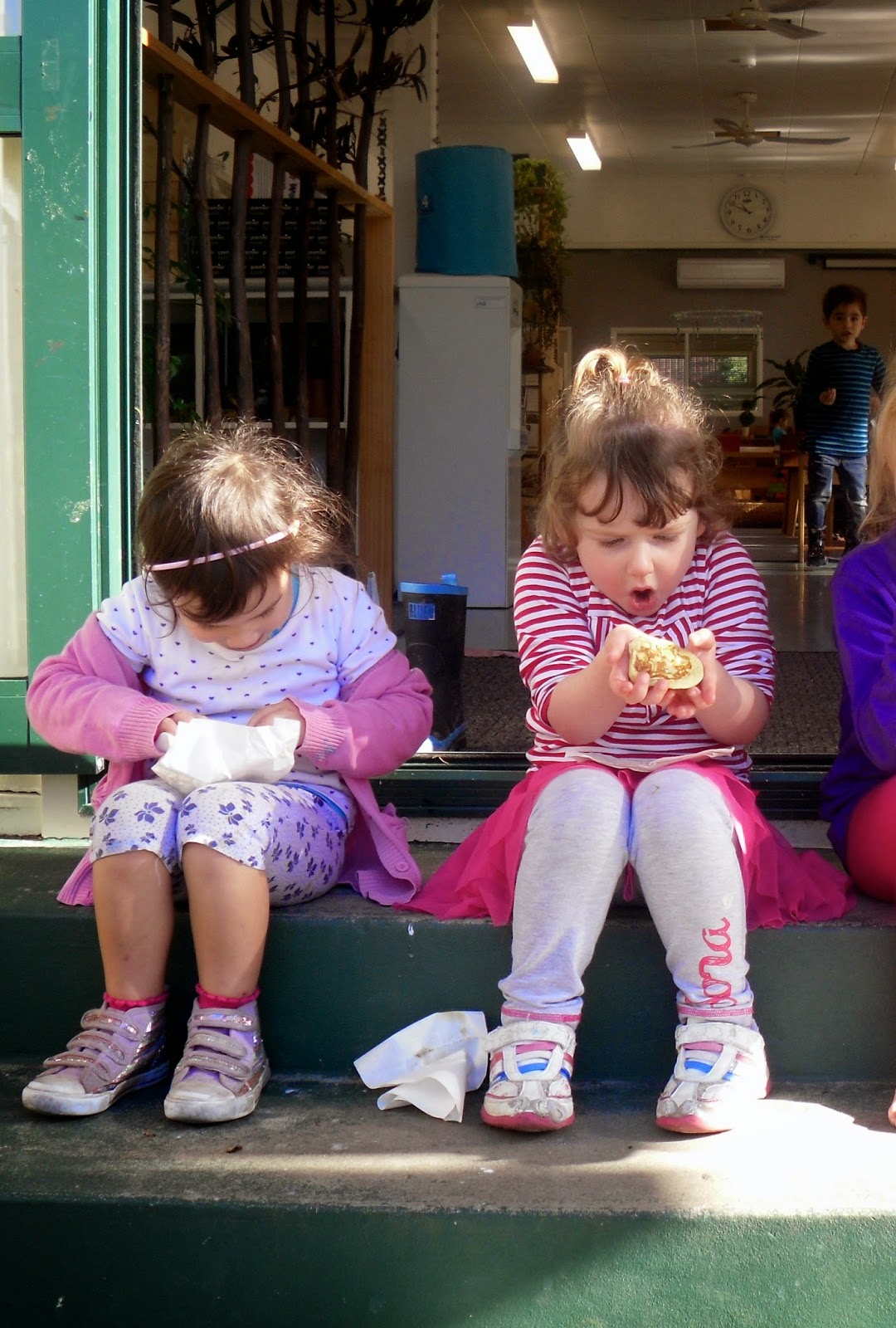In early childhood play is a child’s world and allows the child to be a child whilst they develop and acquire knowledge and skills in a completely holistic way. As early childhood teachers we know and support the theory that children learn through play (self-directed learning). When children are active participants in experiences that are important to them play cultivates meaning and purpose; therefore as stated in Te Whāriki ‘The learner and the learning environment – are closely connected, and the curriculum applies to both” (1996, pg. 19).
Mathematics/Pāngarau “is the exploration and use of patterns and relationships in quantities, space and time. Statistics is the exploration and use of patterns and relationships in data. These two disciplines are related but different ways of thinking and solving problems. Both equip students with effective means for investigating, interpreting, explaining, and making sense of the world in which they live” (Kei Tua o Te Pae, 2009, pg. 2).
When children play they are engaged in opportunities and experiences with both the physical and social worlds, through these interactions children continually develop and construct new knowledge and understanding. With a lens on mathematics we believe in providing meaningful context to everyday activities through appropriate resources, pedagogical knowledge and recognising the skills, ideas and interests that children ‘arrive’ with (family/whānau mathematics).
Mathematical provocations can ‘capitalise on young children’s high level of motivation to learn in a self-directed manner’ (Clements, 2001).
When setting up spaces to invite children’s engagement and interest in mathematics we have found that simple yet fun activities, along with an interested and informed teacher can offer powerful learning experiences.
Number stones accompanied by gridded paper invites children to contribute and record (if inclined) their knowledge of number awareness.
Numerical concepts are developed and affirmed when children have opportunities to match objects with complementary numbers.
Providing ample resources provides children with opportunities to divide and sort objects into groups.
Tables set out with baskets of beautiful resources invite children to look for and construct patterns that have a ‘rule’ or relationship.

Grouping and sorting activities offer opportunities for children to practice and confirm numeracy key concepts such as pre-counting, one-to-one counting and counting sets.
When supporting children in their work and explorations with mathematics, we endeavour to be guided by an ‘investigative approach’ meaning that, we aim to foster and promote children’s understanding of mathematics through purposeful, meaningful and inquiry based experiences that are personally interesting to the child.
However, as with any meaningful curriculum context, scaffolding children’s potential learning requires teachers to have a clear content knowledge themselves. When we are informed and knowledgeable we are able to identify children’s current knowledge and then draw on our own skills to further extend their learning.
Mathematics can be ad hoc in early childhood education; it is often referred to as curriculum ‘that is everywhere’. However, I believe with intentional, forward planning early childhood play experiences can offer rich opportunities for children’s pre numeracy and literacy skills. The outcome for our tamariki is life-long learning and achievement.
Nga mihi
Kim













































